 Iceland's erupting Eyjafjallajokull volcano might be causing its fair share of havoc across Europe but scientists said we haven't seen anything yet.All eyes in the volcanology community are focused on Eyjafjallajokull’s much larger sister, called Katla, which could cause disruption on a far larger scale, reports The London Times.Katla is about eight miles to the west, under the Myrdalsjokull ice cap. An eruption could cause widespread flooding and disrupt air traffic between Europe and North America.While Katla is not part of the same underground network of magma channels, it is close enough to be affected by power shifts in Eyjafjallajokull’s system. There is also a chance that a horizontal sheet of magma under Eyjafjallajokull could shoot out and enter a magma chamber beneath Katla. Hitting the roots of its neighbor would almost certainly trigger an eruption.The three eruptions of Eyjafjallajokull on record were each associated with a subsequent eruption of Katla. There are no signs of turbulence beneath Katla but, since it last erupted in 1918, a new blast is overdue. Katla tends to erupt every 40 to 80 years.
Iceland's erupting Eyjafjallajokull volcano might be causing its fair share of havoc across Europe but scientists said we haven't seen anything yet.All eyes in the volcanology community are focused on Eyjafjallajokull’s much larger sister, called Katla, which could cause disruption on a far larger scale, reports The London Times.Katla is about eight miles to the west, under the Myrdalsjokull ice cap. An eruption could cause widespread flooding and disrupt air traffic between Europe and North America.While Katla is not part of the same underground network of magma channels, it is close enough to be affected by power shifts in Eyjafjallajokull’s system. There is also a chance that a horizontal sheet of magma under Eyjafjallajokull could shoot out and enter a magma chamber beneath Katla. Hitting the roots of its neighbor would almost certainly trigger an eruption.The three eruptions of Eyjafjallajokull on record were each associated with a subsequent eruption of Katla. There are no signs of turbulence beneath Katla but, since it last erupted in 1918, a new blast is overdue. Katla tends to erupt every 40 to 80 years.READ MORE

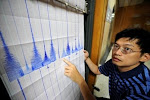
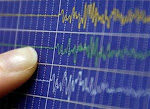
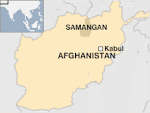







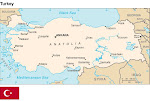
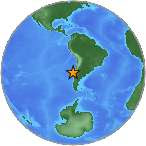




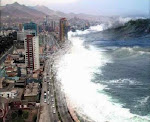

.jpg)


.bmp)
No comments:
Post a Comment